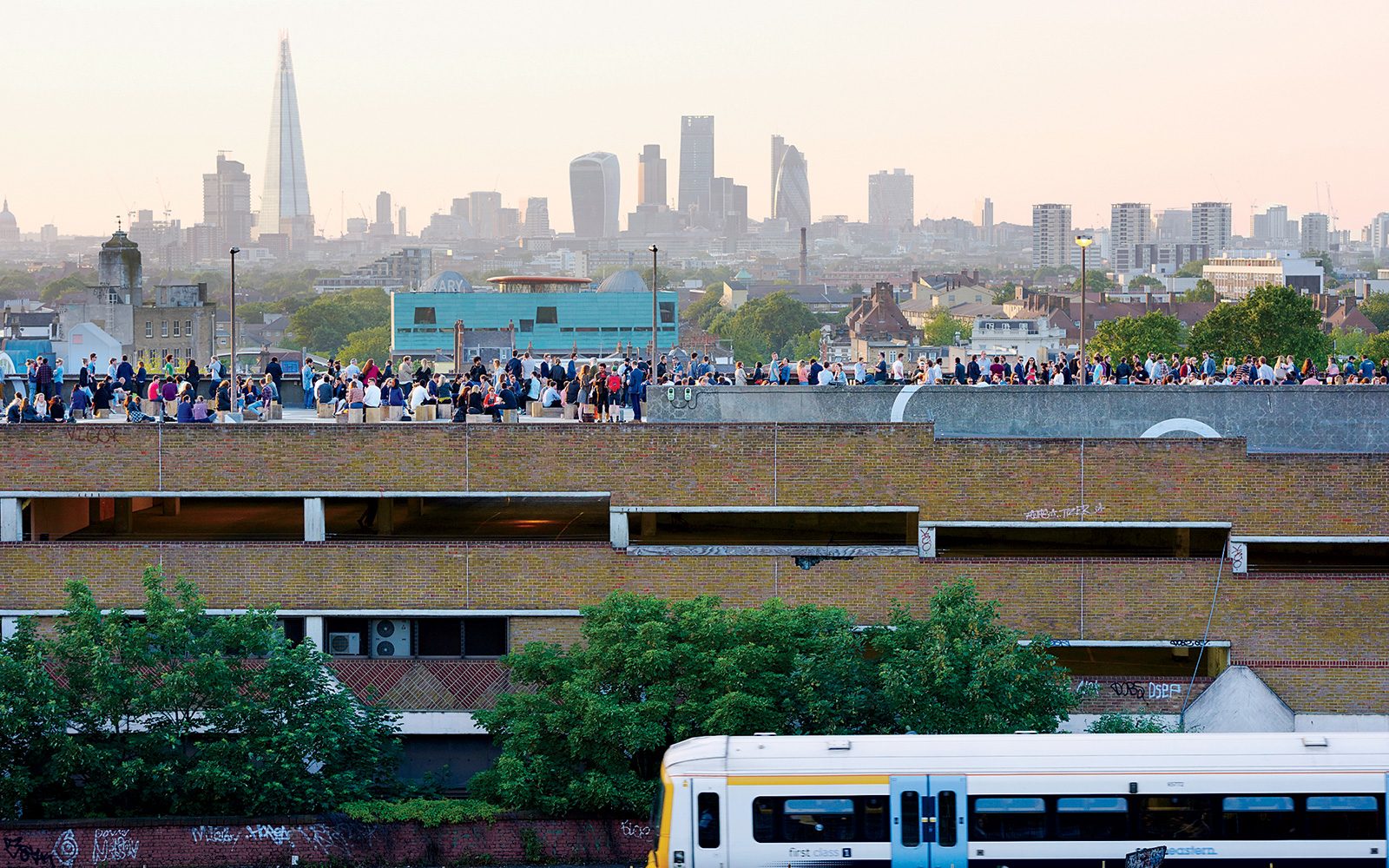
A group of imaginative local entrepreneurs has transformed the southeast London neighborhood of Peckham—now even a parking garage is a cool new hangout.
When it comes to weather, Londoners know that low expectations come with their own consolations. When the clouds do clear in this city—on, say, a rose-tinted evening in early autumn—the transformation has the feel of a rehearsed miracle. There are few better places to take in such moments than outside Peckham Rye station, in southeast London. Reggae bass lines boom from parked cars; children chase one another down barbecue-scented alleys; homebound commuters loosen their ties and sniff the air for gin.
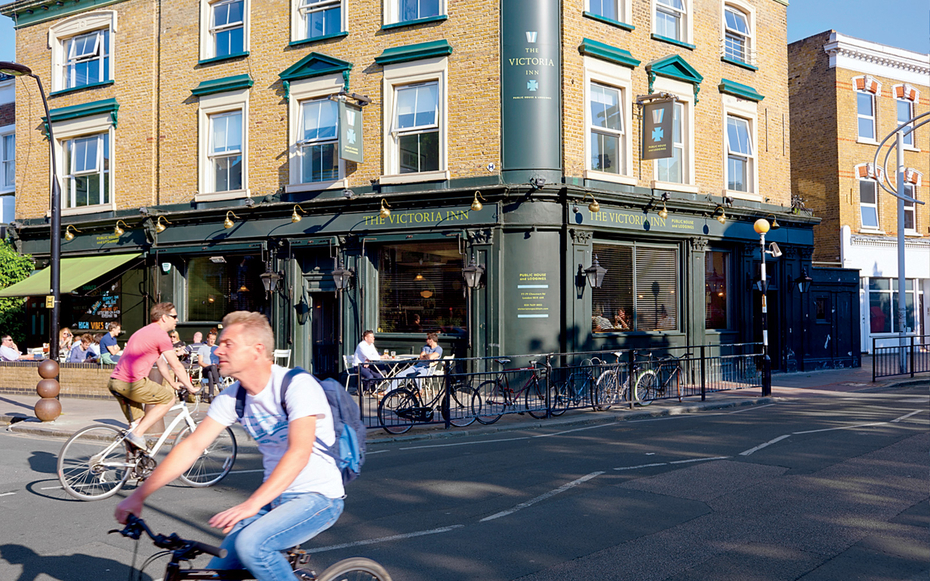
“Excuse me, is there a bus near here in which you can eat a pizza?” an Italian woman asked passersby on Rye Lane on one such golden evening. “Probably!” one of them replied. It turned out the pizza bus had been here a week ago but had now moved to nearby Deptford. Such are the migratory patterns of street-food concessions in hipper-by-the-minute south London.
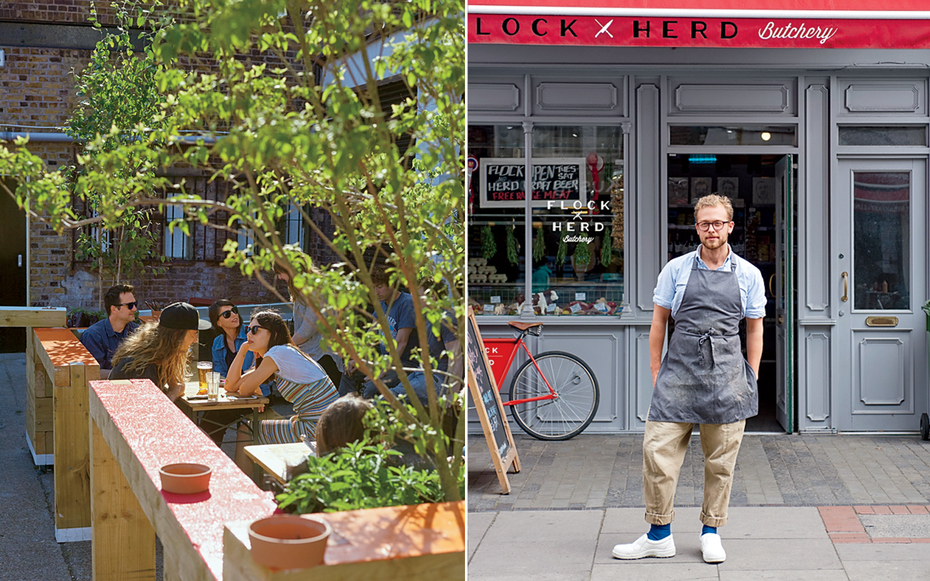
I was looking for the Bussey Building, once a cricket-bat factory, now an arts space/club/goodness knows what else. Repurposing is all the rage in Peckham. There’s also a multistory parking garage that has served as a venue for opera and a mysterious musical genre known as “Marxist Chillwave.” There’s a disused railway that’s set to be remade as a park in the style of New York’s High Line (locals are calling it the Rye Line) and a pool hall that hosts “post-dubstep” club nights.
It wasn’t so long ago that anywhere south of the Thames (an area to which taxi drivers famously feared to venture) felt exotic, slightly dangerous, even. Peckham, in particular, was counted among London’s most deprived neighborhoods—its name an almost comical byword for grim. In Britain, it’s known as the home of Del Boy, the working-class hero of the Margaret Thatcher–era TV comedy Only Fools and Horses. Its housing projects had, in bygone years, a reputation for gang crime. Even now, the pavement of Rye Lane, where piles of plantains and pineapples spill into the path of oncoming buses, can feel bracingly hazardous.
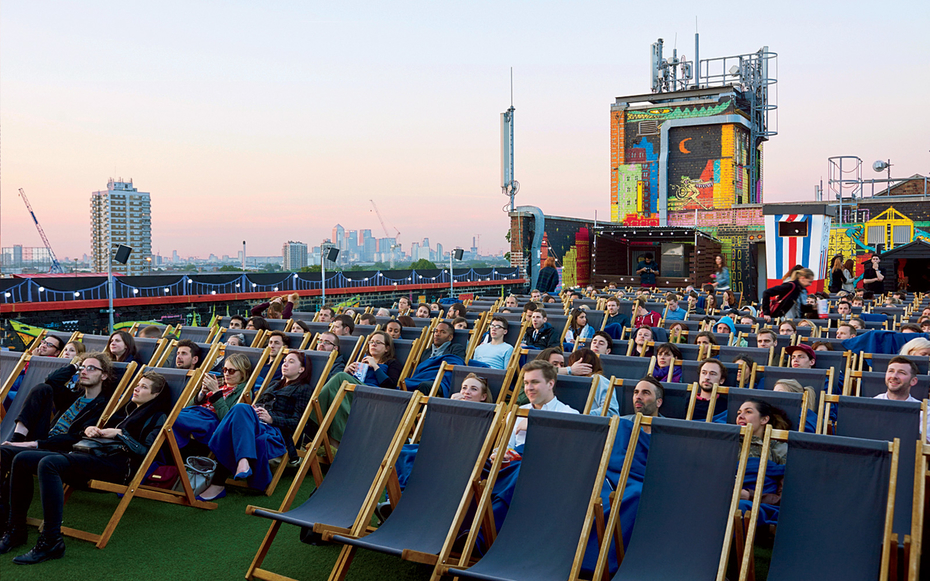
But now that fashionable boroughs in the east of the city, such as Hackney, have taken gentrification to its logical conclusion (i.e., bankers), Peckham is gradually assuming their mantle. Up-and-coming artists, many of them graduates from the nearby Camberwell College of Arts, are reclaiming the area’s industrial spaces, while young families are snapping up its appealing, Victorian-era housing. Now Frank’s Café—a panoramic hangout on the roof of the aforementioned parking garage—has queues on summer nights, while Bar Story and Peckham Springs compete for its customers. The food scene counts as one of the city’s most vibrant, with small and unusual restaurants opening at a dizzying rate. Even the bollards on leafy Bellenden Road are avant-garde—the work of sculptor Antony Gormley. But while British Vogue may have anointed Peckham as the place to be, it retains a cherishable balance of productivity and leisure, newcomers and established communities. Even as great districts fall to the developers, it still feels like a Londoner’s London.
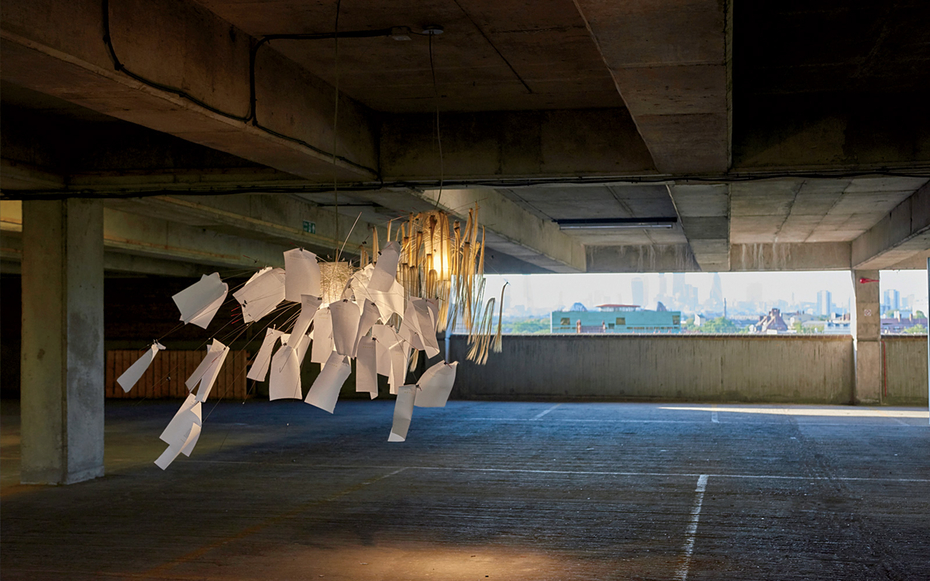
A key moment in the Peckham revival was Transport for London’s extension of the Overground line in 2012. The scheme joined various neglected bits of track into a ring route that runs through east and southeast London’s hipster heartlands (Dalston, Shoreditch, Whitechapel, Deptford...). Once tricky to get to, Peckham became accessible to all. Since it’s orange on the Tube map, it’s affectionately known as the Ginger Line.
The area’s renaissance owes as much to ground-up spirit as it does to top-down planning. Mickey Smith, 48, a Yorkshire-born DJ of Jamaican ancestry, embodies the movement. When he first opened the CLF (Chronic Love Foundation) Art Café in the Bussey Building in 2007, the old factory was in ruins. Transport for London intended to demolish it to build a tram depot. Smith and the building’s owner, Jonathan Wilson, sought to prove its viability by hosting a mixture of art events with nearby Goldsmiths College and club nights on the roof, where Smith himself would blast Isaac Hayes and Donna Summer.
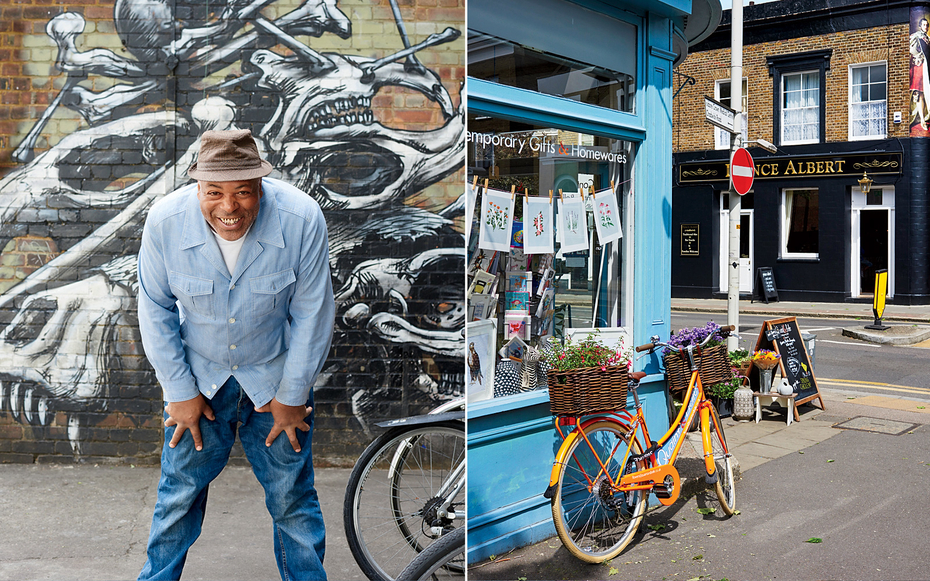
“At first, the building was seen as an eyesore,” Smith said. “By the third year, they said it was the most important building in Peckham.” He has since hosted collaborations with the Royal Court Theatre and opened the way for a bar to be launched on the roof. The Bussey itself is now protected as an official community asset; Wilson, meanwhile, is one of the few London landowners who don’t seem set on building luxury apartments. “We won’t change,” Smith declared. “We’re independent, so nobody can touch us, really.”
Which is just as well, as there is no way you could create something like the Bussey Building from scratch. Winding my way up its staircases, I passed a yoga studio with a doormat that reads NAMASTE BITCHES; a West African shipping company; a Vietnamese street-food café; and a thriving Pentecostal church. My destination was the Rooftop Film Club, where I had decided to take in the 1980s classic Ferris Bueller’s Day Off. As the opening credits rolled, the cinemagoers pulled their blankets up over their deck chairs (it was still England, after all), sipped Rye Tai cocktails, and settled in to watch Matthew Broderick skip school for the umpteenth time.
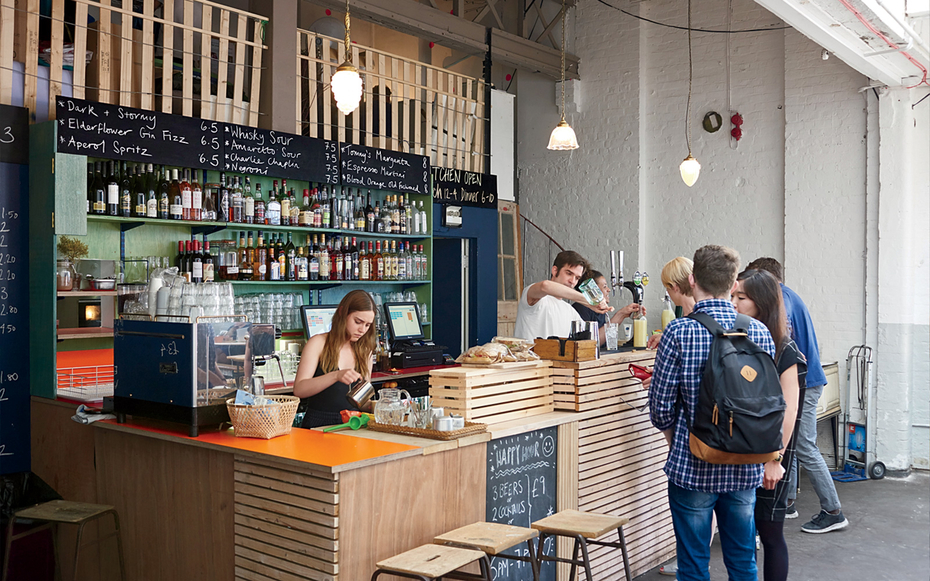
I took in the view as the sun went down. To the north, the cartoon spires of the financial district pierced the sky: the Shard, the Gherkin, the Cheesegrater, the Walkie-Talkie. For a north Londoner like me, seeing them from this angle made me feel like a sailor gazing at the constellations from a different hemisphere. As Ferris Bueller put it: “Life moves pretty fast. If you don’t stop and look around once in a while, you could miss it.”